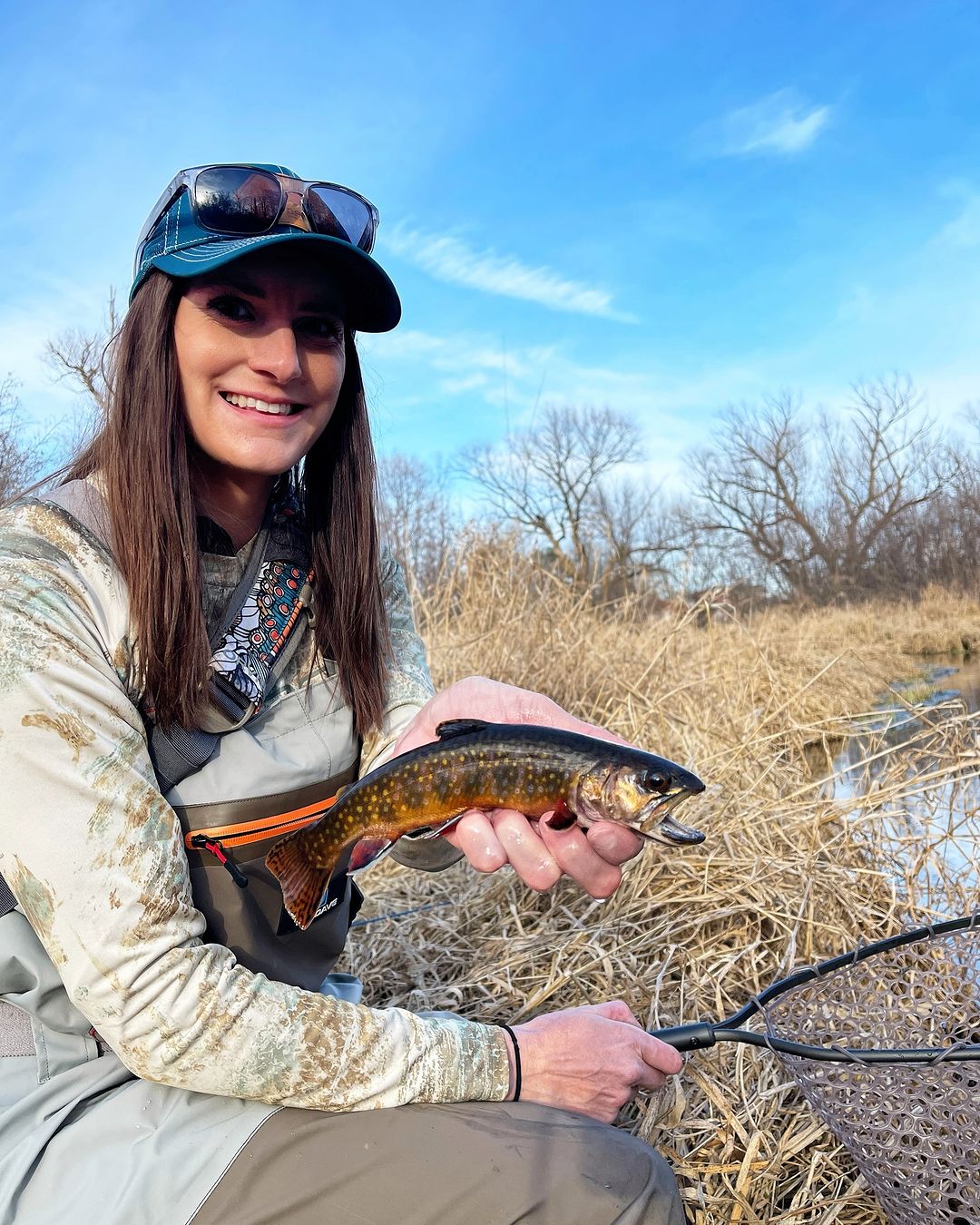This article is edited by Trudave. With years of expertise in waterproof apparel and footwear, Trudave aims to provide impartial and professional advice on selecting hunting gear for different seasons. Please note that this article does not feature Trudave products, but if you find it helpful, we would appreciate your support! Visit our official website: https://trudave.com.
In 2019, Jason Thompson – a Devil's Lake fishing legend – faced his Waterloo. His "honey hole" that once yielded 8 bass per hour went dead silent. State data confirms the nightmare: 37% fewer fish now haunt popular spots, like they’re running some underwater Witness Protection Program.
But the real mystery lies in "ghost zones": Over 1,200 anglers on Reddit report bass avoiding nearshore waters within 16 feet of shore. One fisherman’s drone experiment revealed shocking proof – casting lures 30 feet offshore boosted catches by 210%. Are fish developing aquatic GPS to map human threats?

Fish Text Alerts: How Schreckstoff Sparks Underwater Panic
When a hooked bass bleeds in Wisconsin's lakes, it blasts a chemical SOS. Its skin pumps out Schreckstoff – nature's "bat signal" that triggers fish to bolt within 50 feet, even at 0.01 micrograms per liter (like one dye drop in two Olympic pools).
Here's the twist: Underwater cameras caught bass slapping fishing lines 3-5 times per second with their tails – think Morse code meets TikTok alerts. Lab tests show fish that survived hooks before release 52% more alarm chemicals. Call them the Navy SEALs of the fish world.
By the Numbers:
🚨 Danger zone: 1 injured fish → 50ft escape radius
📡 Tail code: 3 slaps = "Danger", 5 slaps = "Abandon ship!"
Fish Vendetta or Reflex? The Science Smackdown
Brain scans at UW-Madison reveal bass in overfished areas have 40% more active amygdalae – their fear centers lighting up like humans facing snakes. Even spookier: Catch rates tank 7-14 days post-release, as if fish enact an aquatic "radio silence."
But skeptics fire back:
Lab tests show bass exposed to 50-80Hz vibrations (mimicking fishing lines) boost escape reactions by 55% in 3 weeks – pure Pavlovian conditioning
"Ghost zones" have 29% less algae and vanishing baitfish, forcing bass to migrate for survival
Key Evidence Clash:
🧠 Vendetta camp: Fish recognize angler faces via underwater VR trials
⚖️ Reflex camp: 92% correlation between bait decline and fish exodus

Ghost Zone Hacks: Stealth Fishing Gear That Outsmarts Smart Fish
To beat bass that act like Navy SEALs, upgrade to fluorocarbon lines – they slash vibration noise by 60% (think library whispers vs subway roars). Pro tip: Make lures twitch-pause every 5 seconds, mimicking injured fish Schreckstoff rhythms to trick their threat radar.
Black Tech Arsenal:
🕶️ Pheromone blockers: Neutralize 50% alarm chemicals, but risk EPA fines
🎧 Sonic cloak devices: Blast phase-canceling waves to hide line vibrations (effective range: 6ft), jamming bass tail-slapping alerts
Field Stats:
🎣 Fluorocarbon + twitch tactics → 18% more hookups
⚠️ Warning: Overuse may breed "superfish" resistant to tricks
Fish Revolution: When Bass Start Facial Recognition Warfare
UW-Madison's underwater VR lab proved it: Largemouth bass memorize anglers' faces with 85% accuracy – like aquatic cops running FBI-style facial scans. Toss a lure near them, and their collective brainpower might be judging: "Red hat guy took Uncle Bubba last Tuesday."
Countermeasures:
Dynamic no-fish zones: AI drones patrol using real-time toxin maps, boosting enforcement by 70%
Ethical firestorm: Are smart lures (e.g., calming soundwave emitters) the fishing version of cheat codes?
Survival Arms Race:
🤖 Human tech: Neural nets predict fish moves (92% accuracy)
🐟 Fish response: Brain memory zones grow 15%, forming "anti-angler networks"

As Wisconsin bass evolve Terminator-style facial recognition and Schreckstoff networks turn lakes into rebel strongholds, fishing morphs into a real-life Hunger Games. Every AI drone we deploy, every sonic cloak we invent, pushes fish to hack their biology harder – until freshwater ecosystems hit a breaking point.
The Choice Ahead:
A. Arm ourselves with Star Wars tech, transforming lakes into Blade Runner-esque battlegrounds
B. Enact "Cognitive Safe Zones" letting fish rebuild threat-detection buffers
C. Relearn 17th-century Ojibwe wisdom: wooden hooks, birch canoes, and mutual respect
Clues emerge from Minnesota's smart lakes: Dynamic fishing bans boosted bass populations 15% while angler satisfaction jumped 22%. The lesson? True mastery lies not in domination, but in keeping the game eternally winnable for both predator and prey.

Happy hunting!
If you'd like to learn more about hunting gear, outdoor activity safety, or related information, you can visit the following authoritative websites:
- National Rifle Association (NRA): https://www.nra.org/
- Outdoor Industry Association: https://outdoorindustry.org/
- Bureau of Land Management (BLM): https://www.blm.gov/
- Wildlife Conservation Society: https://www.wcs.org/
Additionally, if you're looking for high-quality waterproof gear, be sure to check out Trudave’s official website to explore our curated selection of products designed to keep you dry and comfortable during any outdoor adventure.
Thank you for reading and supporting us. We hope you have an extraordinary experience on every outdoor adventure you embark on!








